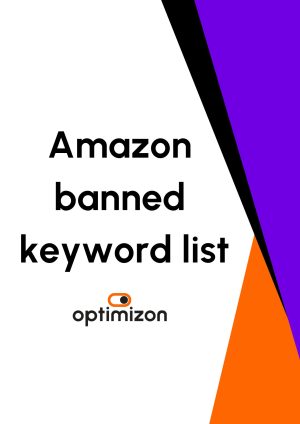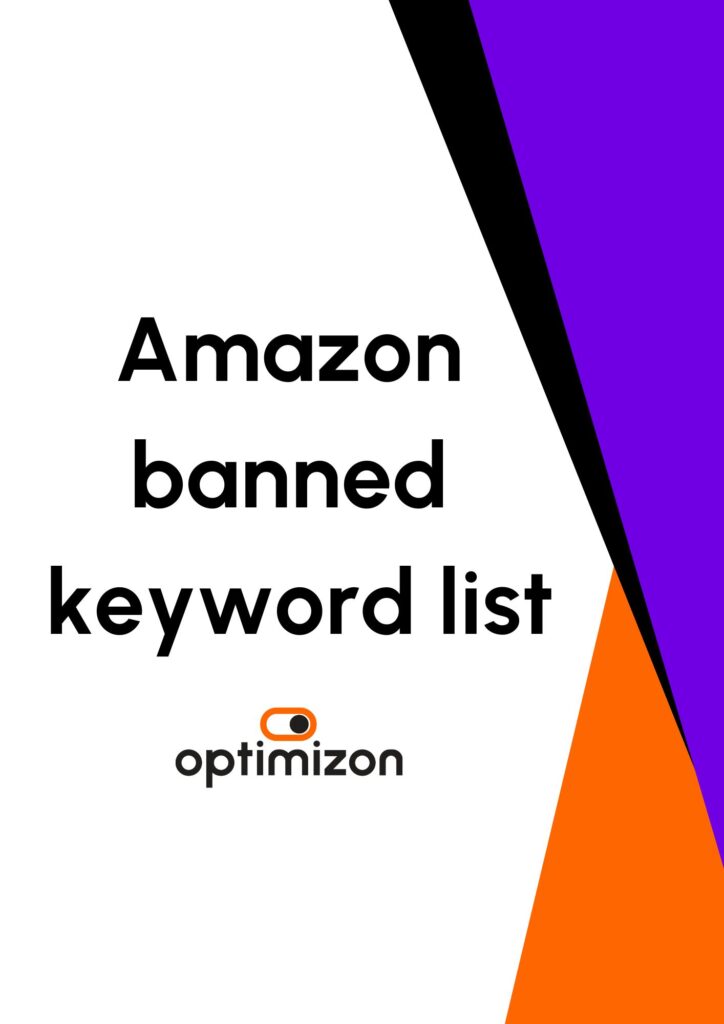In the ever-expanding world of online commerce, beauty brands have a plethora of platforms to consider when looking to showcase their products. With the beauty and personal care industry projected to reach a staggering US$736.79 billion by 2028, according to Statista, the potential for growth is undeniable. Let’s take a closer look at some of the leading marketplaces and what they offer to beauty sellers.
Top beauty marketplaces in the UK:
- Amazon
- eBay
- ASOS
- Zalando
Amazon: The E-Commerce Giant
Amazon stands as a titan in the e-commerce landscape, attracting millions of visitors daily. Its beauty and personal care section is particularly popular, with 23% of sellers offering products in this category. Sellers on Amazon benefit from its vast customer base and the convenience of Fulfilment by Amazon (FBA), which handles storage, packaging, and shipping. Plus, with Prime 2-Day Shipping eligibility, sellers can enhance their sales potential and build trust with customers. To thrive on Amazon, sellers should adhere to best practices such as thorough market research, sourcing quality products, optimising product listings, and implementing effective marketing strategies.
As the beauty and personal care industry continues its rapid expansion, Amazon has introduced its Premium Beauty category, a specialised section dedicated to prestige brands and professional beauty products. To qualify as premium, a beauty brand must meet specific criteria, including the use of high-quality ingredients, unique packaging, and delivering exceptional results. Beyond well-known brands, the Premium Beauty category also features several lesser-known yet equally reputable brands, further enriching the platform’s offerings.
In the Premium Beauty category, there are notable differences in content requirements compared to traditional Amazon products. Here, you’re limited to three bullet points—Description, Benefit, and Suggested Use. Additionally, small images with icons or callouts are permitted for these bullet points, enhancing product presentation. Amazon’s Premium Beauty selection is accessible to both vendors and sellers, creating a hybrid 1P/3P marketplace. Vendors can apply to feature their products in Premium Beauty, while invited sellers can list their offerings within this exclusive category.
eBay: A Unique Opportunity
eBay offers a specialised platform for sellers to showcase their products, including surplus and excess inventory. Health & Beauty ranks among eBay’s largest categories, indicating significant opportunities for beauty brands. Sellers retain control over pricing and product presentation, mitigating concerns about counterfeit products and unauthorised use of branding. Contrary to other platforms, eBay shines in its ability to accommodate surplus and excess inventory, empowering brands to dictate the presentation and sale of their products. Through direct creation of eBay listings, brands retain autonomy over pricing, visuals, and product standards. This level of control alleviates worries surrounding counterfeit products and unauthorised use of branding, thereby safeguarding a positive brand image.
ASOS: Global Fashion and Beauty Hub
ASOS is a global powerhouse in online fashion and beauty retail, with over 200 million monthly visitors and a vast array of brands. Offering an extensive selection of beauty products, ASOS caters to a diverse audience worldwide. Its inclusive approach and diverse product range make it an enticing destination for beauty sellers seeking to tap into a vast customer base. ASOS embarked on its beauty and grooming journey in 2004, later refreshing the category as Face + Body in 2017. Catering to the adventurous spirit of 20-somethings, ASOS has emerged as the ultimate destination for exploring beauty in a vibrant, inclusive manner.
Zalando: Premier Marketplace Across Europe
Zalando emerges as a premier online marketplace for fashion and beauty products across Europe, boasting over 40 million monthly visitors and featuring more than 3,000 brands. Its expansive presence across 17 countries offers beauty sellers a broad reach. The Zalando Partner Program provides a direct avenue for sellers to reach over 51 million active customers across 25 European markets, offering customisable pricing and access to comprehensive analytics and marketing solutions.
In 2022, the United States led the beauty and personal care market with a staggering revenue of US$93.4 billion, and it’s projected to experience a 2.8% increase by 2028. However, China is rapidly catching up, boasting a revenue of US$63 billion in 2022. Predictions indicate a notable 5.1% increase in revenue by 2028, signifying substantial growth potential in the Chinese market.
Top beauty marketplaces in the US:
- Sephora
- Ulta
US: Sephora Leads the Way
Sephora is a powerhouse in the beauty industry, leading online sales with a net revenue of $2,591 million in 2022. From its inception in France in 1970, Sephora has evolved into a global leader, offering a diverse selection of high-quality products from both established and emerging brands. Known for its exceptional customer service and unique shopping experience, Sephora remains a trusted destination for enhancing beauty routines.
Ulta: Redefining Beauty Retail in the Digital Age
Ulta, a rapidly expanding retail giant in the U.S., boasts over 1,000 stores nationwide, each equipped with a salon. While their brick-and-mortar presence is formidable, Ulta’s online store is also gaining traction, accounting for approximately 9% of total sales. Ulta is not just about selling beauty products; they are reshaping beauty standards and championing groundbreaking causes. With a colossal loyalty program boasting over 23 million active members, Ulta leverages data analytics to inform smarter marketing decisions and support brand partners. Through RangeMe, an online platform facilitating product discovery, sellers can seamlessly showcase their offerings to buyers by creating a product profile, matching with the appropriate category buyer, and receiving notifications once products are reviewed. This streamlined process revolutionises how beauty products are introduced to the market, offering convenience and efficiency to sellers and buyers alike.
Choosing the best marketplace for your beauty brand involves considering several key factors. First, assess the target audience and geographical reach of each platform. For example, if you’re targeting customers in Europe, Zalando might be a better fit, whereas Amazon’s vast global reach might suit broader market aspirations. Next, evaluate the platform’s features and seller support services. Consider factors such as ease of listing products, marketing tools, and customer service options. Additionally, consider the platform’s reputation and brand alignment with your own. If your brand ethos aligns with Sephora’s commitment to diversity and inclusivity, it might be the ideal platform to showcase your products. Finally, analyse the competitive landscape and seller fees associated with each marketplace. By carefully weighing these considerations, you can make an informed decision on which marketplace will best serve your beauty brand’s goals and objectives.
Choosing the right marketplace for selling beauty products requires careful consideration of factors such as audience reach, platform features, and seller support. Whether it’s the vast customer base of Amazon, the specialised platform of eBay, the global appeal of ASOS, or the expansive reach of Zalando, each marketplace offers unique opportunities for beauty brands to thrive in the competitive e-commerce landscape.
Boots, a prominent health and beauty retailer in the UK, has also recently hinted at the possibility of launching its own marketplace. This move suggests an expansion of their platform to accommodate sellers, potentially opening up new opportunities. Keep an eye out for further updates as Boots explores this venture, promising exciting developments in the near future.
Interested in finding out more about the Beauty Sector in eCommerce? Download our latest whitepaper.





